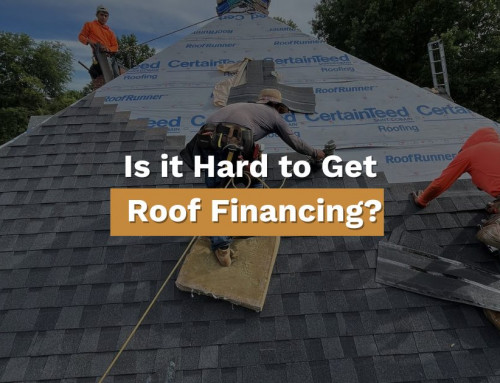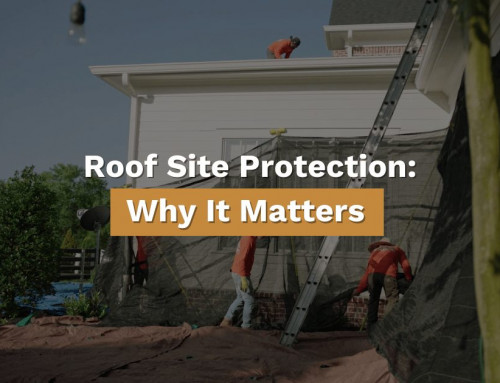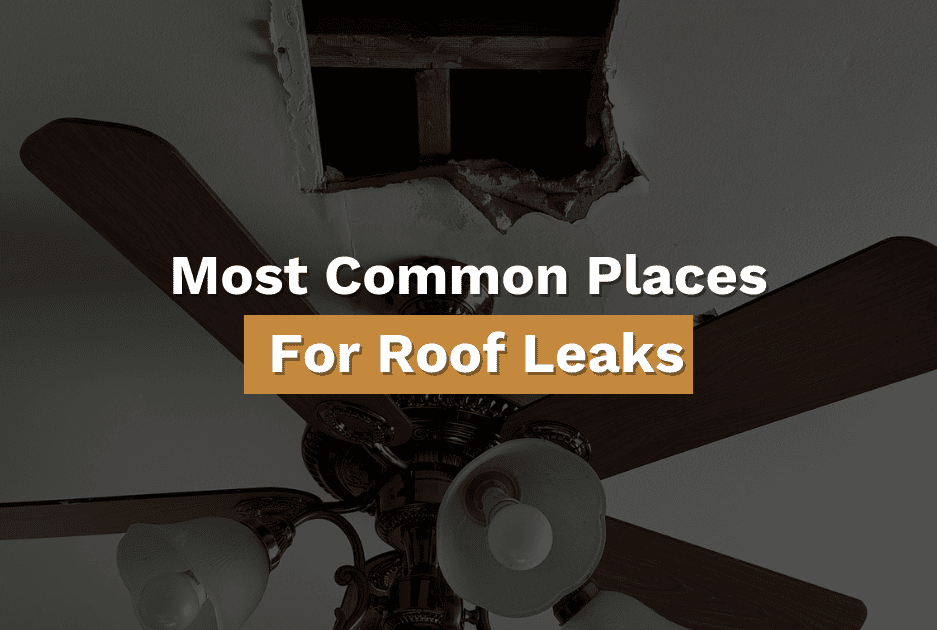
Highlights for Roof Leaks
Roof leaks often appear around chimneys, skylights, valleys, gutters, and roof edges due to damaged flashing, clogged gutters, or worn shingles. Regular inspections and prompt repairs can help catch issues early, preventing water damage and costly repairs. For Middle Tennessee homeowners, proactive maintenance, especially around vulnerable areas, is essential to protect the roof’s integrity through seasonal weather changes.
Table of Contents
Where Do Roof Leaks Occur in Your Home? Top Areas to Check
Roof leaks are frustrating and common issues for homeowners, especially during heavy rain or after seasonal changes. The first signs of a roof leak—like damp walls or discolored ceilings—usually mean it’s time to locate the leak source quickly. By identifying common areas prone to leaks, from chimneys to flashing, residents in Middle Tennessee can take preventive steps to minimize damage. We’ll explore typical leak areas, causes, and solutions to help homeowners manage roof maintenance, including around the chimney, valleys, and gutters.
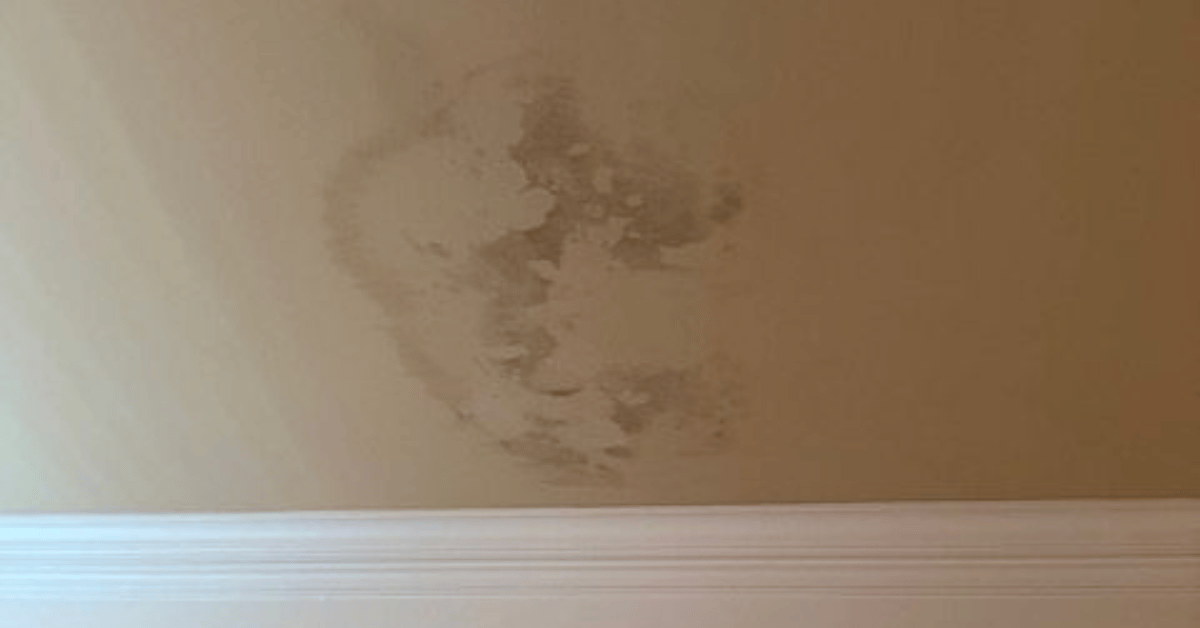
Common Areas Where Roof Leaks Occur
Chimney Flashing
Chimneys are a primary source of roof leaks, often due to issues with flashing. Typically made from metal, flashing acts as a barrier around the brick chimney base, where it meets the roof, directing water away from vulnerable areas. Chimney flashing issues, such as cracks or loose flashing, can lead to water infiltration around a chimney. Flashing problems often occur when flashing is improperly installed or wears out over time, especially on masonry chimneys with bricks and mortar joints that can deteriorate. When chimney flashing fails, leaks can penetrate the chimney’s structure and cause significant damage, potentially leading to a chimney leak inside the home.
It is important to inspect the chimney exterior for potential water infiltration issues.
The chimney crown and cap protect the top of the chimney. If these elements are missing or damaged, rainwater can enter through the chimney structure and damage the interior. Materials like step flashing, counter flashing, and ice and water shields can help create a watertight seal. The chimney area should also be inspected for damaged masonry, as cracks form in bricks and mortar over time, allowing water to seep in. Inspecting the chimney liner for cracks is also crucial to prevent condensation issues that may be misinterpreted as leaks. To prevent leaks in this area, consider hiring a professional roofing company to assess the chimney’s structural integrity and replace any old flashing with durable flashing or roofing cement. Chimney roof leaks can also arise from gaps or cracks in the metal flashing connecting the chimney to the roof, so sealing these gaps is essential to prevent water intrusion.
Symptoms of Roofs Leaking Around Chimneys
When a roof leaks around the chimney, there are several telltale signs homeowners should watch for. Common symptoms include water stains or discoloration on the ceiling or walls near the chimney, often yellow or brown in color. Other indicators include damp or peeling wallpaper, bubbling paint, or warped drywall around the chimney area. In severe cases, moisture may cause mold growth, noticeable by a musty odor or visible black spots. Outside, look for cracks in the chimney bricks, loose or rusted flashing, and gaps in the mortar joints. Catching these symptoms early can prevent extensive water damage and costly repairs.

Skylights
Skylights, while offering natural light, are also common roof leak problems. Leaks around skylights usually occur when the seals or flashing fail, allowing water entry at the edges of the skylight. High-quality roofing materials and regular inspections are essential for preventing these leaks. Installing extra flashing, especially in areas prone to heavy rain, can enhance protection. In many cases, roofing cement can be applied to reseal minor issues around skylights, but professional repairs may be required for persistent leaks.
Roof Valleys
Roof valleys, where two roof planes meet, are natural water channels, making them susceptible to leaks. Valleys may be covered with flashing or other materials, but minor flashing issues can cause significant water entry. A product like ice and water shield under valley flashing can add a layer of leak protection. If debris accumulates in valleys, water may back up, creating a pooling effect that could lead to a leak inside the house. Keeping roof valleys clear of debris and addressing visible flashing issues can prevent leaks and maintain the roof’s structural integrity.
Vents, Pipes, and Roof Penetrations
Roof penetrations like vent pipes or exhaust fans are potential leak sources. Flashing around these penetrations prevents water from seeping into the roof, but it can rust, crack, or come loose over time, especially in high-moisture environments. Using high-quality flashing and regular inspections can prevent leaks in these areas. Nashville residents should check these penetrations for issues and reseal any loose or damaged areas using roofing cement or screws, as needed. A professional roofing company can also assess these areas to ensure they are appropriately sealed.
Edge and Eave Leaks
Gutters and Downspouts
Gutters and downspouts are essential in directing water away from the roof, but when clogged with debris, they can cause water to overflow, leading to leaks. Overflowing gutters can result in water infiltration at the roof edges, soffits, and fascia. Regularly cleaning out gutters is vital to prevent these issues. When water freezes in gutters, ice damming can block proper drainage and lead to leaks along the roof’s edge. Products like ice and water shields can provide additional leak protection in the eaves.
Eaves and Soffits
Eaves and soffits are prone to leaks from ice dams, significantly during winter when snow and ice can accumulate and block water flow. This trapped water backs up under shingles and eventually enters the roof structure. Installing ice and water shields at the eaves and ensuring proper insulation and ventilation can reduce ice damming. Regular inspections of the eaves and soffits are recommended to prevent leaks and damage to roof decking and other roofing materials.
Roof Shingles and Flashing
Problem Shingles
Shingles are often the first line of defense against leaks. Missing shingles, damaged shingles, or improperly installed shingles can lead to water infiltration. Asphalt shingles may deteriorate over time, allowing water to penetrate through gaps. Missing or damaged shingles expose the underlayment, leading to leaks. Spotting issues like loose granules, curling, or buckling is essential in maintaining roof health. When shingles show damage, replacing them promptly can prevent more severe leaks.
Roof Flashing Issues
Roof flashing protects intersections like valleys and chimneys and is essential for leak prevention. Flashing issues often arise from old flashing that has corroded or been improperly installed. High-quality materials like metal flashing, roofing cement, and ice and water shields can strengthen weak points. Flashing issues are among the most common roof leak causes, especially in older roofs where the wrong type of flashing was initially used. A professional inspection can determine whether the flashing needs to be repaired or replaced to ensure a watertight seal.
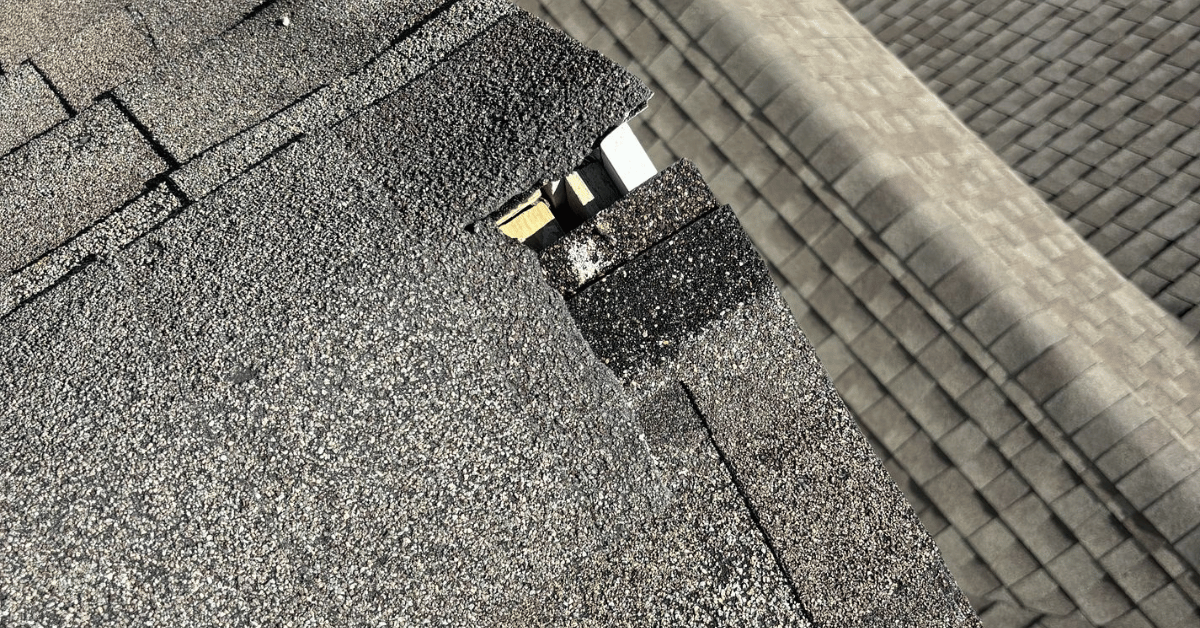
Flat Roof and Drainage Issues
Standing Water on Flat Roofs
Flat roofs are susceptible to drainage issues, lacking a natural slope to direct water off the surface. Standing water can lead to leaks if drainage systems fail. Products like ice and water shields can add an extra waterproof layer to prevent leaks from standing water. In Middle Tennessee, where rainfall is expected, flat roofs should have additional drainage solutions to prevent pooling and potential leaks.
Proper Drainage and Ventilation
Ventilation helps prevent moisture buildup that can mimic roof leaks. Good ventilation prevents condensation and moisture accumulation in attics and along the roof’s underside, especially in humid climates. Proper attic ventilation can also reduce the risk of ice damming in winter. Professional inspections can assess the roof’s ventilation and drainage to help prevent future issues.
Seasonal and Climate-Specific Leak Concerns
Ice and Water Shield Around Ice Dams
Ice dams can form along roof edges during winter, mainly when attic insulation is inadequate. These dams trap melting snow, which then refreezes and blocks proper drainage. Including ice and water shields can help prevent leaks from ice dams by reinforcing areas where water might otherwise enter. Insulating the attic and ensuring proper ventilation can help manage ice damming and prevent water entry.
Heavy Rain and Storm Impacts
Middle Tennessee’s heavy rains and seasonal storms can loosen shingles, damage flashing, and overburden gutters. Regular inspections after storms can reveal potential problems early, preventing water infiltration from missing shingles or improperly sealed roof penetrations. Using durable roofing materials, like metal roofs or high-quality asphalt shingles, can help withstand Nashville’s storm-prone climate, reducing the need for emergency repairs.

Importance of Regular Roof Inspections
When and Why to Schedule Roof Inspections
Regular inspections help identify common roof leak problems before they become severe. Companies like Five Points Roofing recommend scheduling inspections twice yearly to catch early signs around chimneys, skylights, and other vulnerable areas. Professional inspections by reputable roofing companies can identify flashing issues, damaged masonry, and potential future issues with roof penetration seals, saving money and preventing costly leaks.
Professional vs. DIY Inspections
DIY inspections help spot obvious issues like clogged gutters or missing shingles, but a professional roofing company provides a thorough evaluation. A professional inspection can detect leaks from improperly installed flashing, cracks in chimney bricks, or damaged roofing materials. Experts can apply roofing cement and other sealants in vulnerable areas, ensuring a watertight roof.
Conclusion
Understanding familiar roof leak sources, including chimneys, flashing, skylights, and valleys, helps protect your roofs from costly repairs. Proactive steps can prevent water infiltration and safeguard a home’s structural integrity, ensuring proper flashing, integrating ice and water shields, or clearing debris from gutters. Regular inspections and professional repairs when necessary allow you to maintain a watertight roof and avoid significant damage, keeping your home safe year-round.


